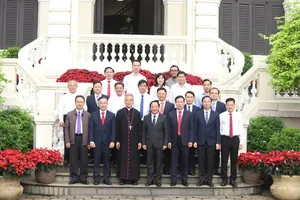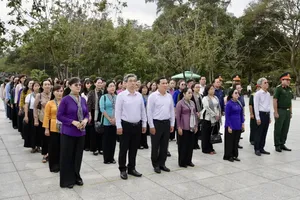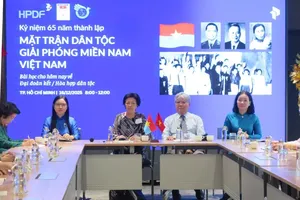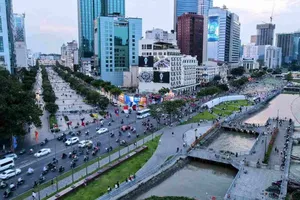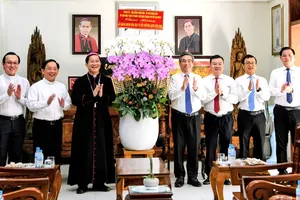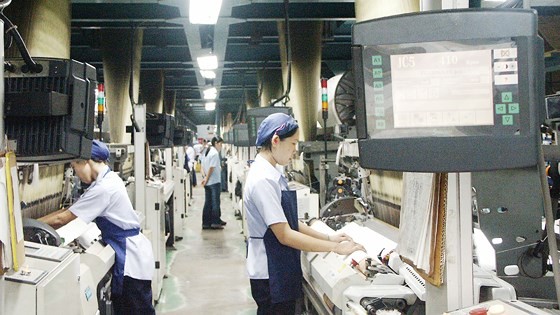
Estimating city roles, the 9th National Congress of the Communist Party of Vietnam in 2001 said that HCMC is the place where the country’s market economy management mechanism has been established and improved. That has been shown through over 14 outstanding economic models, which have become the country’s economic institutions.
Reviewing 30 years of Renovation, former General Secretary Le Kha Phieu said that before the 8th National Assembly issued the Private Enterprise Law and Company Law in 1991, Vietnam had no legal institution on types of enterprises.
After the country’s economic innovation path was established in 1989, HCMC People’s Committee issued regulations on types of enterprises comprising private, limited liability and joint stock companies to create conditions for the private sector to develop under a legal framework.
The regulations have been considered to be the first rule of Vietnam to run the economy under the market mechanism and ensure the legality for business entities.
Economic experts said that the rule had been developed from the fact of the city before the state’s legal institution was established. That showed practical and creative contributions by the city during the process of forming and improving the market mechanism under state management, the forerunner of the socialist-oriented market economy.
The city has also made lot of other contributions to the country while applying the way of economic innovation by the 6th National Party Congress through economic models such as building industrial and export processing zones to direct the economy toward export and implementing open economic policy.
In addition, the city has piloted state own enterprise equitization, created a practical model to reorganize the system of state own enterprises; established HCMC Securities Trading Center; carried out land for infrastructure policy to serve urban development; issued project and urban bonds; transferred road exploitation rights to other economic sectors; established public joint stock companies to implement investment projects in technical infrastructure services.
Labor market establishment, technology market development models and local authorities’ participation in macroeconomic stabilization have been considered to be the city’s breakthroughs. They have been specified with legal institutions for the country’s economy.
According to economic experts, HCMC has made the most of its advantages to overcome big social and economic challenges to develop and gained significant results.
At present, the country has 477,000 businesses regularly paying taxes. Of these, 160,000 of businesses come from HCMC, accounting for 33.6 percent. In 2005, the number of residents per enterprise was 52 people in HCMC and 194 in the country.
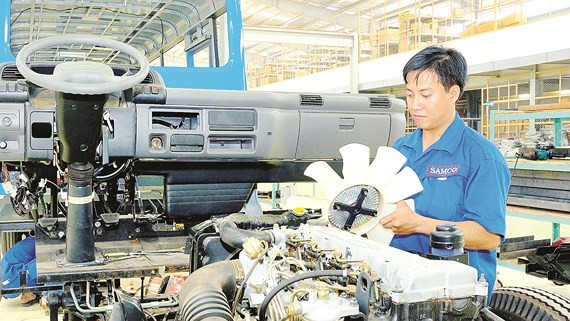 Auto manufacturing at Saigon Mechanical Engineering Corporation (SAMCO) (Photo: SGGP)
Auto manufacturing at Saigon Mechanical Engineering Corporation (SAMCO) (Photo: SGGP)
HCMC’s budget revenue was VND57 trillion in 2005, increasing to VND316 trillion in 2016 when the country earned VND1,000 trillion. So the city contributed to 25 percent of the country’s budget revenue in 2005 and 27.8 percent in 2016.
The city’s population was 6.2 million people in 2005 and 8.29 million last year, accounting for 7.6 percent and 9.1 percent of the country.
Budget contribution by a person in HCMC is triple that by person in the country. A square kilometer of the country now creates VND13.6 billion Gross Domestic Product while it is 34 times higher reaching VND463 billion in HCMC.
The above achievements have important parts of economic sectors comprising 160,000 businesses operating in the city now.
In 2002, state and private economic sectors contributed 38 percent and 17.5 percent to the city’s gross regional domestic product (GRDP). The ratio dropped to 18 percent and increased to 50 percent respectively ten years later.
Therefore, HCMC has determined that the private sector plays a very important role in the market economy, becoming the motive power to boost economic growth for the last several years.
Economic experts said that HCMC’s development potential is very large. If the Government has suitable mechanisms to exploit that, they will create conditions for the city to further develop in the future.


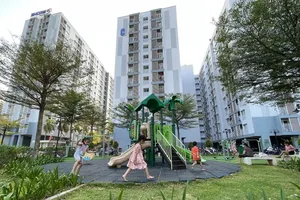

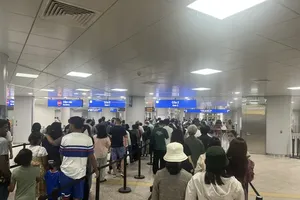
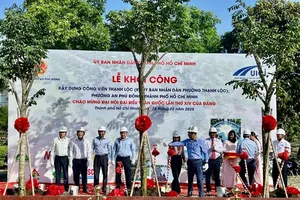

)

